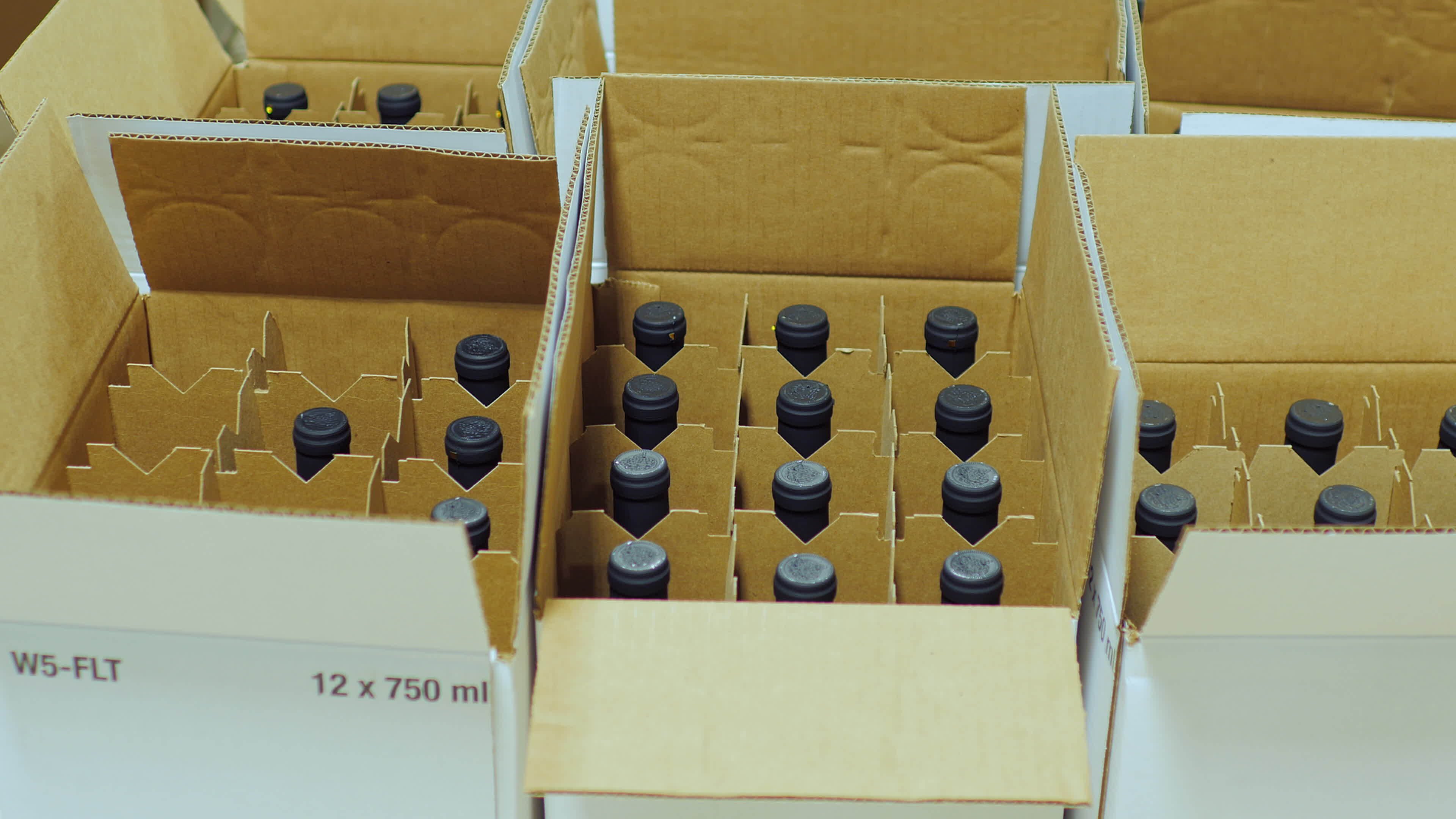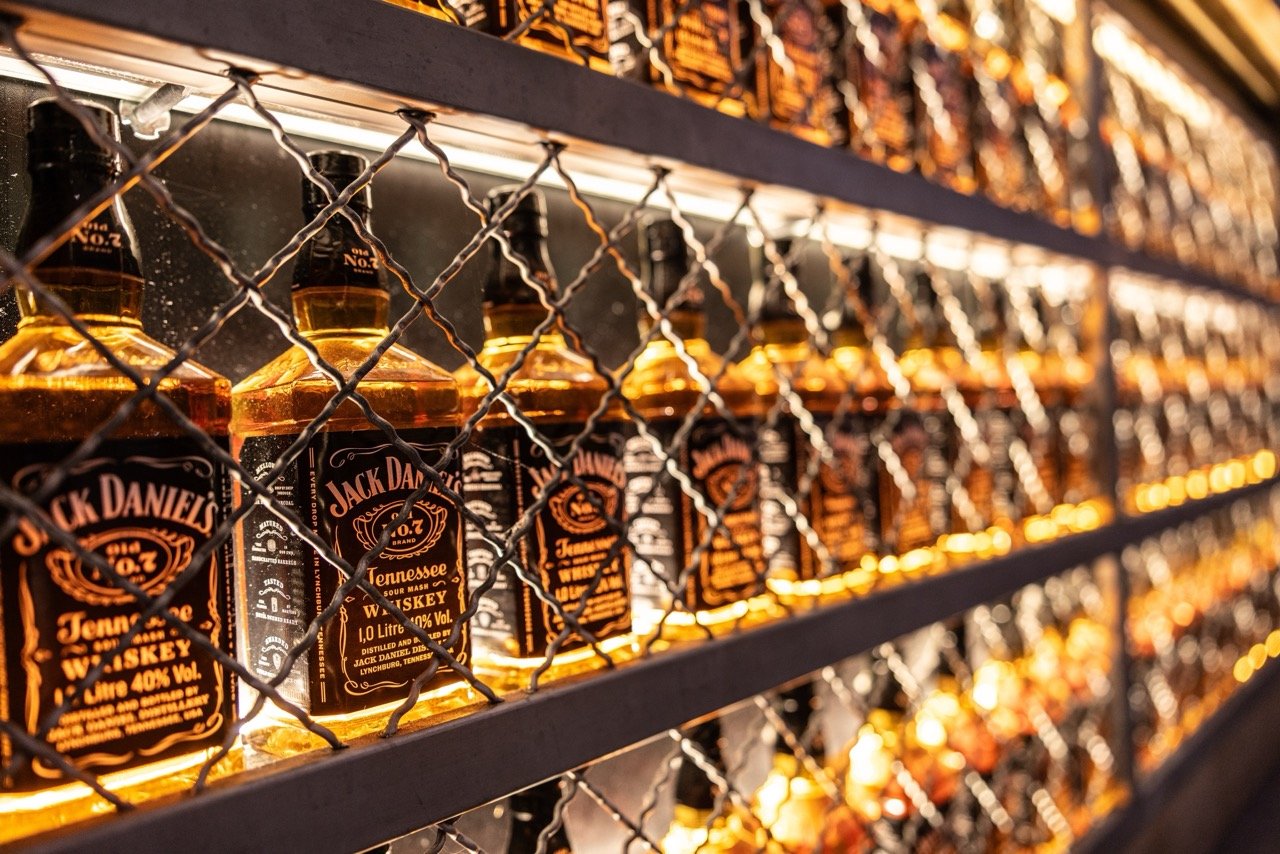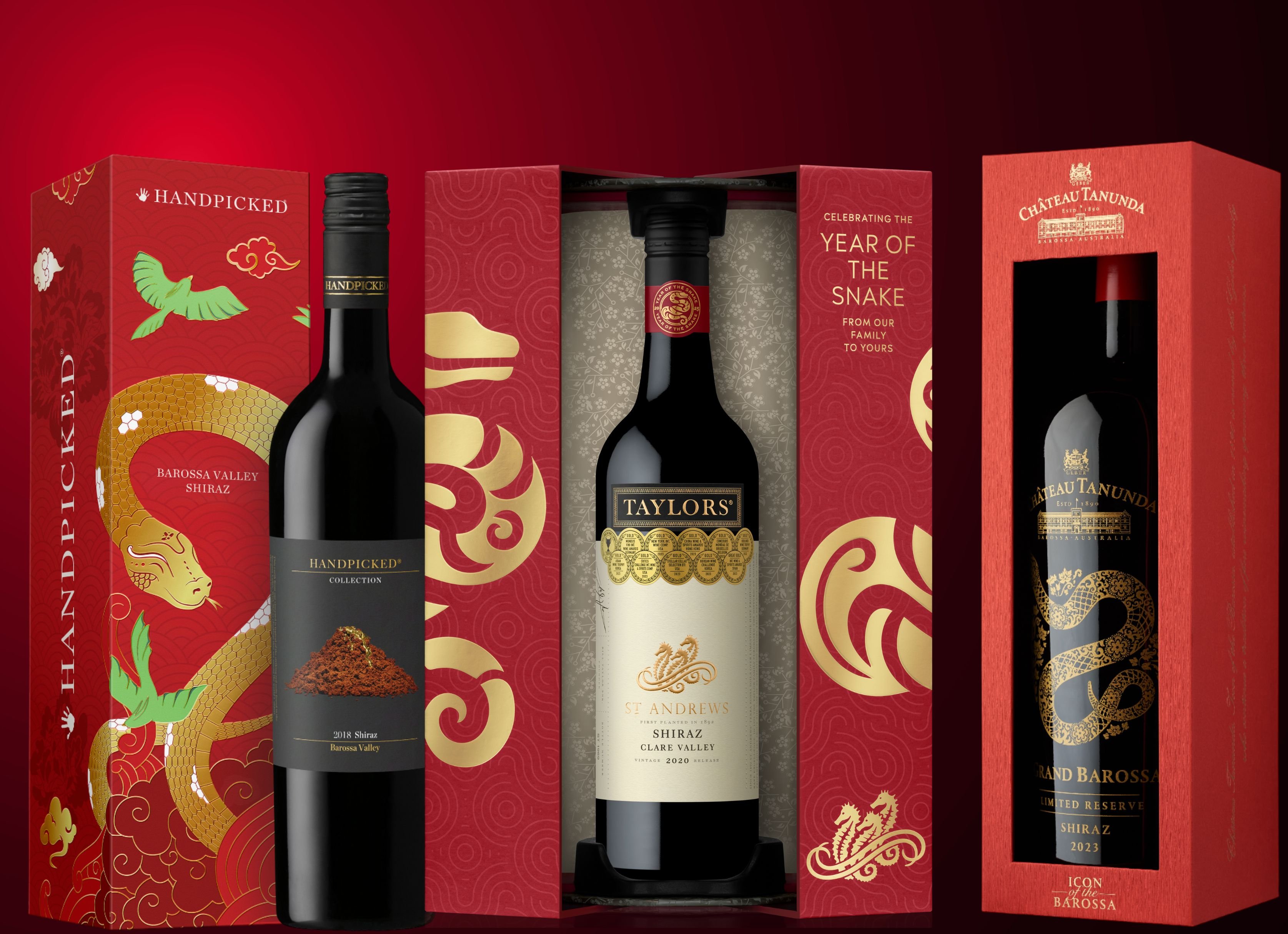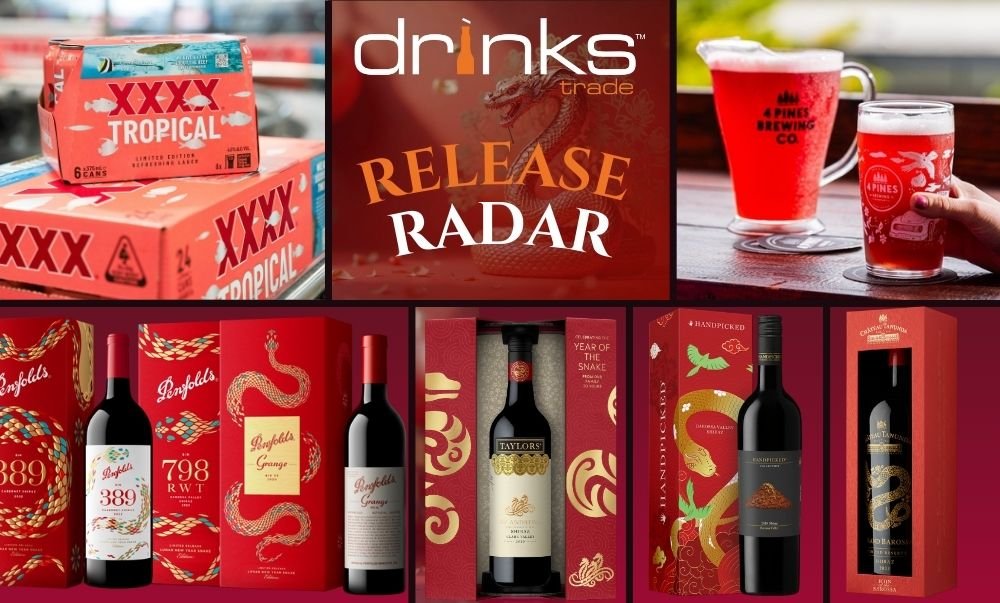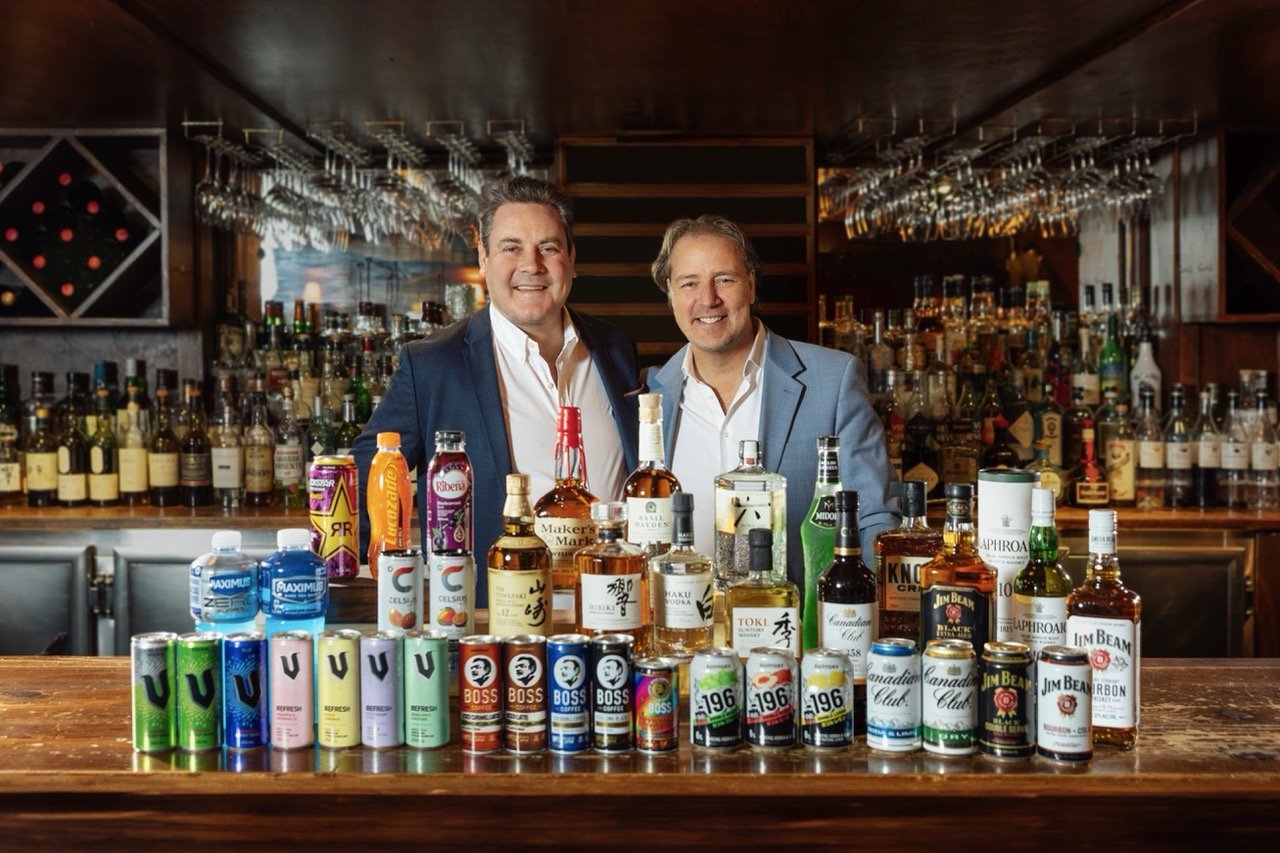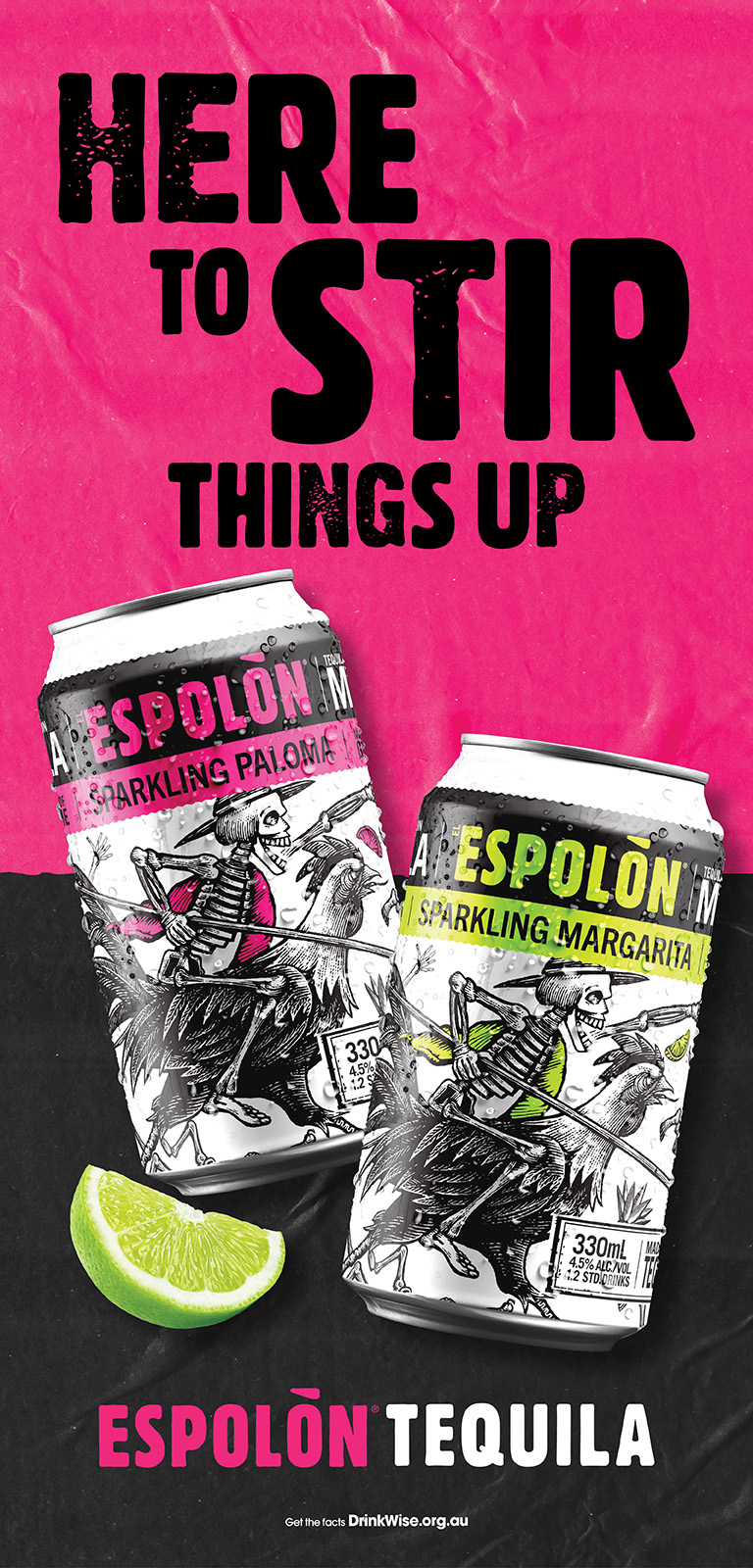Recent reports published by the IWSR and Wine Australia reveal that developing markets will offer the greatest growth opportunity for Australian liquor exports over the next five years. This includes six of the top eight markets by forecasted value growth currently being considered as developing and non-mature.
According to Emily Neill, Chief Operating Officer of Market Research at the IWSR, the global liquor market is now “a more complex, uncertain trading environment” when compared to years gone by.
“The growth axis has shifted, with value gains now coming more from developing markets, which entails higher levels of business risk," she said.
"As a result, if brand owners want to orientate to the new growth markets, they will have to find a way to operate with more appetite for risk.”
According to the IWSR, total beverage alcohol value gains over the next five years will be led by India, China and the US over the next five years. However, the following five markets expected to show the greatest change in value are Brazil, Mexico, South Africa, Vietnam and Nigeria.
Recent analysis by Peter Bailey, Manager of Market Insights at Wine Australia, suggests a similar outlook for Australian wine. According to Bailey, nations such as Brazil, South Korea, Poland, India, Thailand, Sweden, and Mexico boast both higher historical growth and higher forecast growth, indicating strong opportunity for growth.
“For the commercial segment, most of the decline is coming in the bigger, more established markets such as Australia, UK, US, and Canada, whereas the growth in that segment is coming from much smaller markets in Europe and more emerging markets in Asia and the Americas,” he said at this months Wine Industry Update.
“Australia generally has a large share of the imported commercial wine segment in these established markets, which are in decline. For example, Australia holds a 24% share of the imported commercial wine segment in the UK and a 20% share in the US.
“While these markets are substantial in size and will remain so they are declining markets for commercial wine, and hence, the opportunity lies in taking market share off competitors, which is a much tougher proposition in a declining market, and also margins are very tight at this end of the market.”
South Korea, Brazil, Sweden and to a lesser extent Mexico are also expected to experience significant premium wine value growth in addition to their commercial wine value growth. Canada, the US, Japan, and Australia are also tipped for premium wine growth despite having weaker commercial wine projections.
In terms of total beverage alcohol value growth, the US is expected to add more than $11 billion in incremental value by 2028, roughly equal to that of India despite only growing at a rate of 0.8% compared to India’s 4%.
“Given that the US beverage alcohol market is four times larger than that of India in volume terms, and almost six times larger in value terms, the growth that’s expected to come out of India is quite remarkable,” said Neill.
Marten Lodewijks, President of IWSR’s US division, added: “Because of its scale, absolute dollar growth in the US is likely to be high despite a relatively smaller GDP growth rate percentage change… What this means is that you have a combination of an increasing population, and rising wealth, which translates into volume and value growth in those developing markets.”
Wine Australia also recognises the strong potential for premium wine in the domestic market, which is expected to continue its long-term volume increase up to 2028 whereas commercial wine is expected to continue its now decade-long decline. A better understanding of this divide can be viewed in this Drinks Trade article comparing key regions in Wine Australia’s National Vintage Report. To better understand the current economic challenges of Australia’s wine producing sector as a whole, click here.
Share the content
